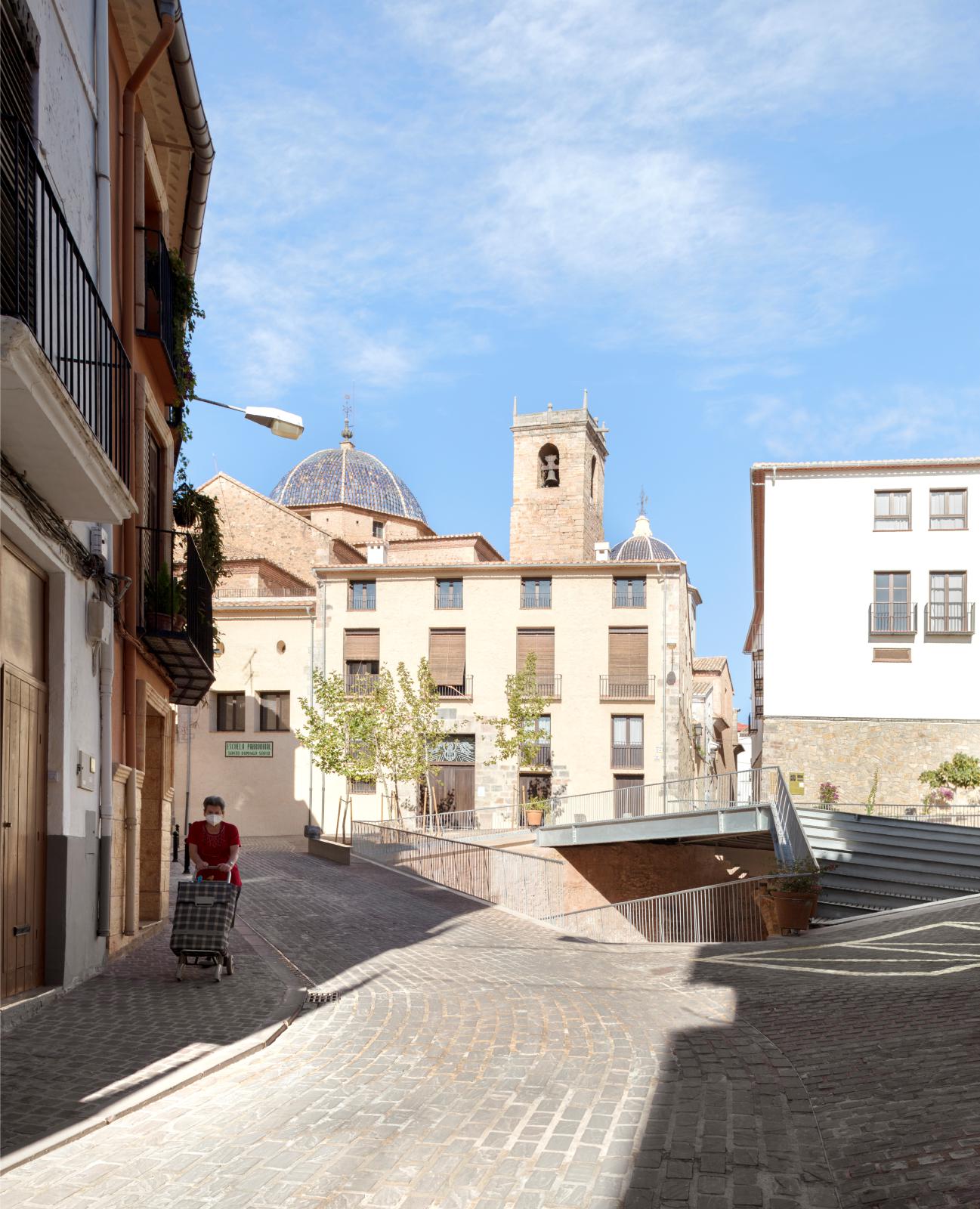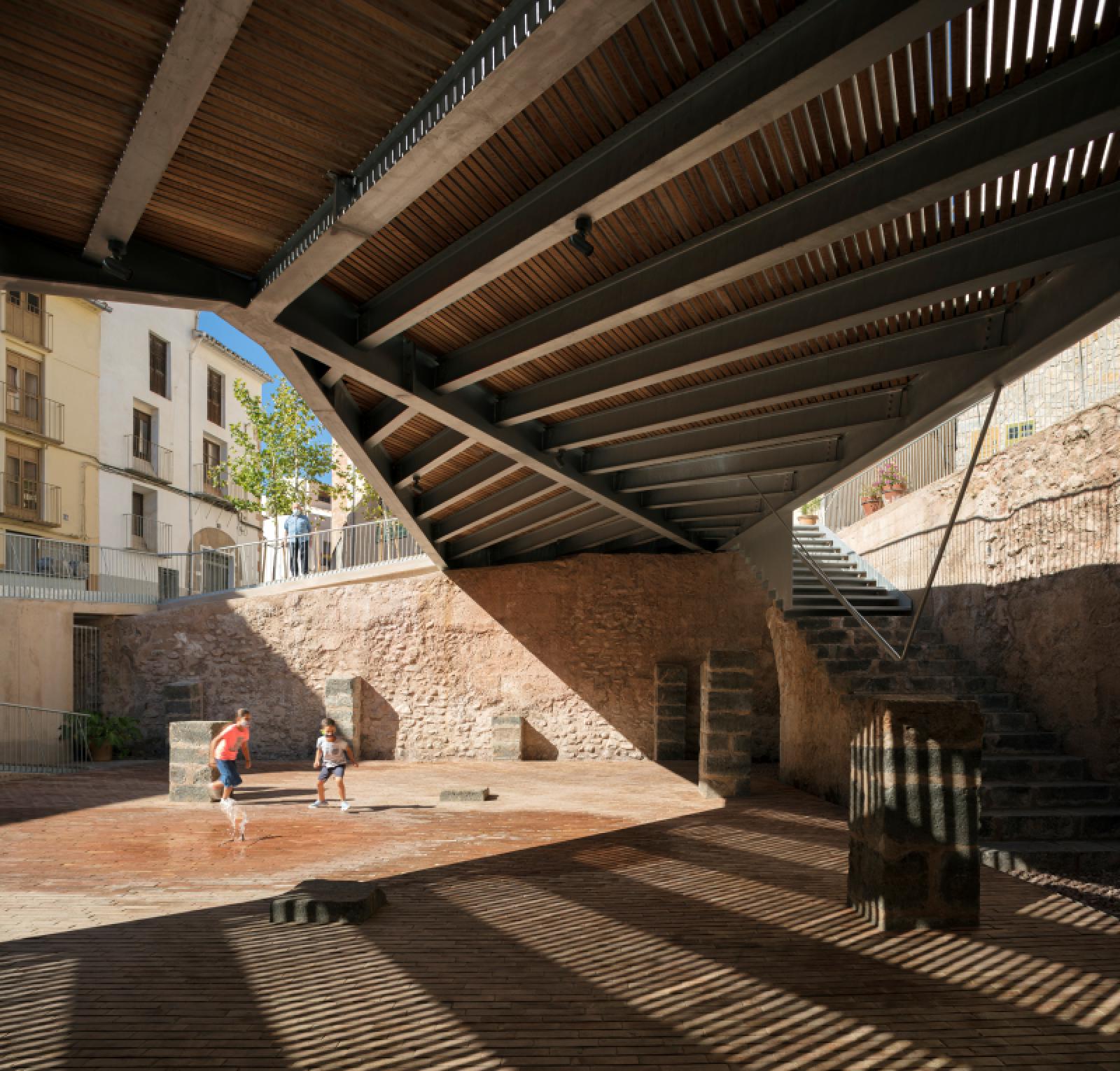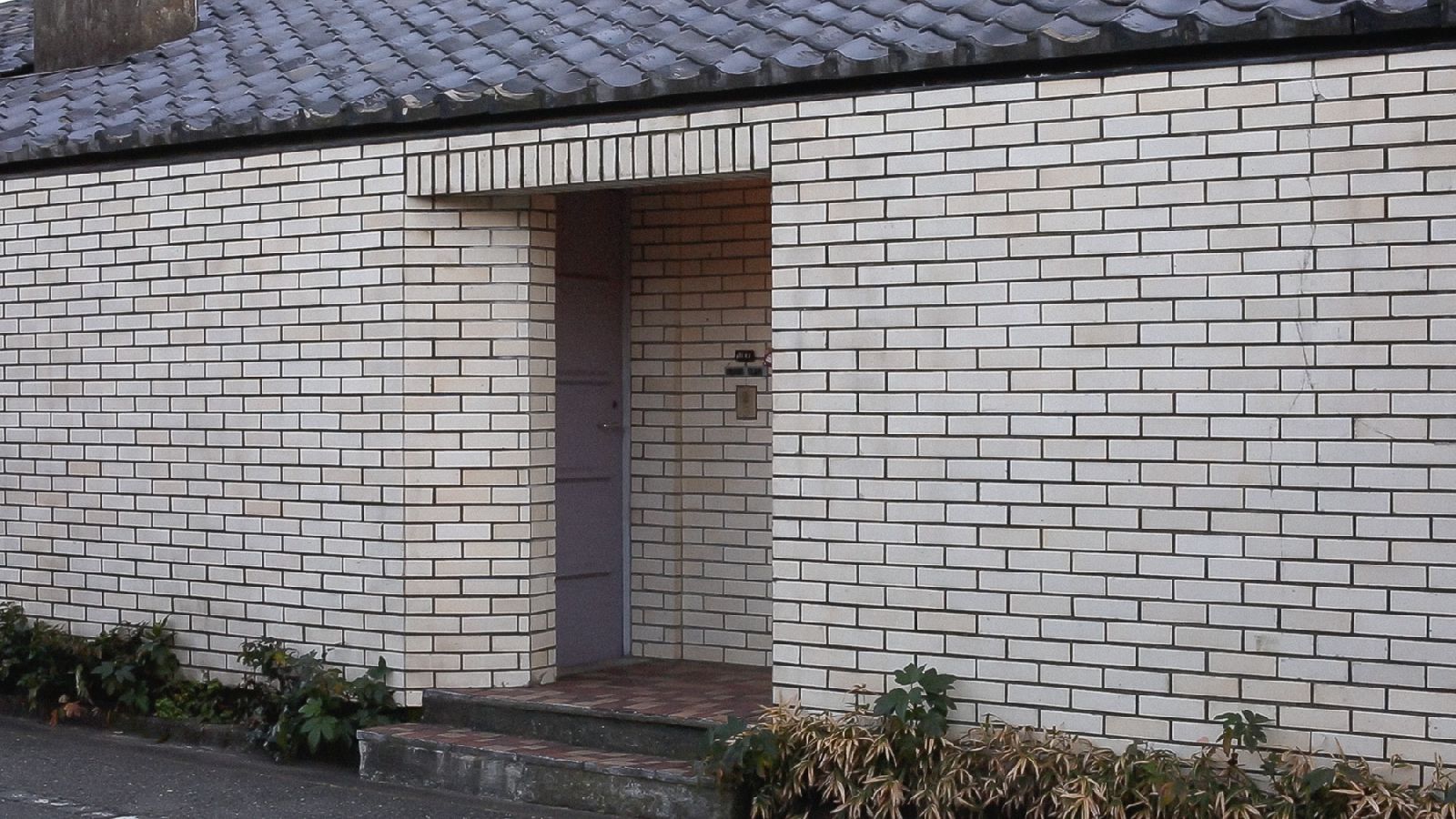The winners of the 5th European Award for Architectural Heritage Intervention were announced by the jury yesterday in the courtyard of the Frederic Marès Museum, a historical site in Barcelona’s Gothic Quarter. The announcement of the 15 finalists, four winning works and two Special Mentions for Restoration was made during the 5th International Architectural Heritage Intervention Biennial.
The awards were presented by Ms Elsa Ibar, Director General for Cultural Heritage of the Ministry of Culture of the Government of Catalonia, Mr Marc- Aureli Santos, Director of Urban Architecture and Heritage of the Office of the Chief Architect of Barcelona City Council; Mr Albert Civit, Director of the Catalan Land Institute; Mr Albert Gassull, Director of Services of the Metropolitan Area of Barcelona; Mr Antoni Vilanova, President of the AADIPA; and Ms Assumpció Puig, Dean of the Association of Architects of Catalonia.
In category A) Intervention in built heritage, the jury, in a first round of evaluations and with the goal of giving visibility to a larger number of works, announced the shortlist of 16 works on 20 May 2021, from which —following its final deliberation— it has selected the winner:
- Royal Museum of Fine Arts (KMSKA), Antwerp, Belgium. KAAN Architecten.
This decision is based on the jury’s evaluation of two aspects in particular: on the one hand, the fact that the complexity and large scale of the project have not impeded it from resolving the
modernisation of the building in a unitary, respectful manner; and, on the other hand, that the need to incorporate new volumes has not altered the exterior and interior perception of the museum, while adapting to and fitting in with the new needs.
Furthermore, although the project redefines the museum as a whole, the perception and authenticity of the building have not been altered, despite the contrast between areas. In fact, in some of the areas, the utmost respect is shown towards the existing elements, while in other areas the new additions coexist harmoniously with the existing
elements.
In category B) Exterior Spaces, from among the ten works shortlisted by the jury, the winner is:
- Plaza de la Sinagoga (Synagogue Square), Onda, Castellón, Spain. El fabricante de espheras, Grupo Aranea, Cel-Ras Arquitectura.
An intervention in an 11th and 12th-century archaeological
heritage site listed as an asset of cultural interest since 1967. This project, carried out at a very run-down site, successfully showcases the remains that have been found —ancient Arab palaces
or the ruins of a Christian church—, showing their historical urban importance while managing to adapt the site as a meeting space.
Another outstanding aspect of the project is its solution for integrating the different levels, restoring old walls and creating shady areas by playing with the light generated by the large metal structure in the centre that connects the upper level. Meanwhile, the strategic planting of trees softens the materiality of the constructed elements, generating welcoming areas for relaxation, while the austere lines and materials are naturally integrated in the urban setting. The result is an archaeological site that has become a living, modern space.
In Category C) Urban Planning the winner is:
- Study of the urban landscape of the La Nova Esquerra de l’Eixample neighbourhood in Barcelona, by the architects Sara Bartumeus, Anna Renau and Rosa Escala.
This project stands out for the singularity and sensitivity shown in the approach to a historical space, attaching importance not so much to
physical buildings but rather to their negative, to collective memory and to the relations generated around the gaps and the landscapes created there. Another important aspect is the fact that the project setting involves the added difficulty of being a space that for many people forms part of the modern city and lacks clear heritage values.
In Category D) Dissemination, the winner is:
- Two Houses, by Verena von Beckerath
The jury has rewarded the idea of showcasing a piece of history, of how a group of Japanese architects who studied at the Bauhaus in the 1920s later transmitted in their own country the architectural knowledge they had acquired, and how their students, in the 21st century, receive and make their own a heritage that goes beyond architecture itself. That is why this methodology should be acknowledged with an award as an example of how heritage should be transmitted and of how the circle should be closed. Source and photos Courtesy of AHI.








